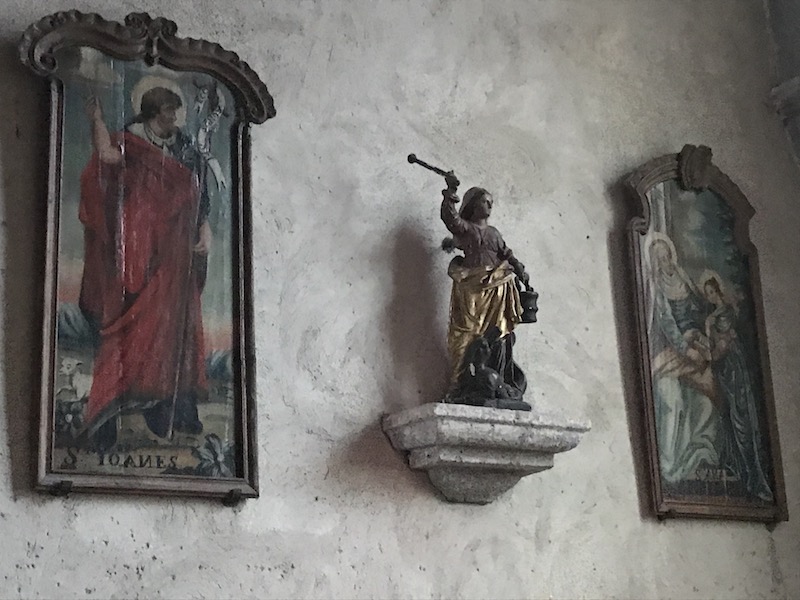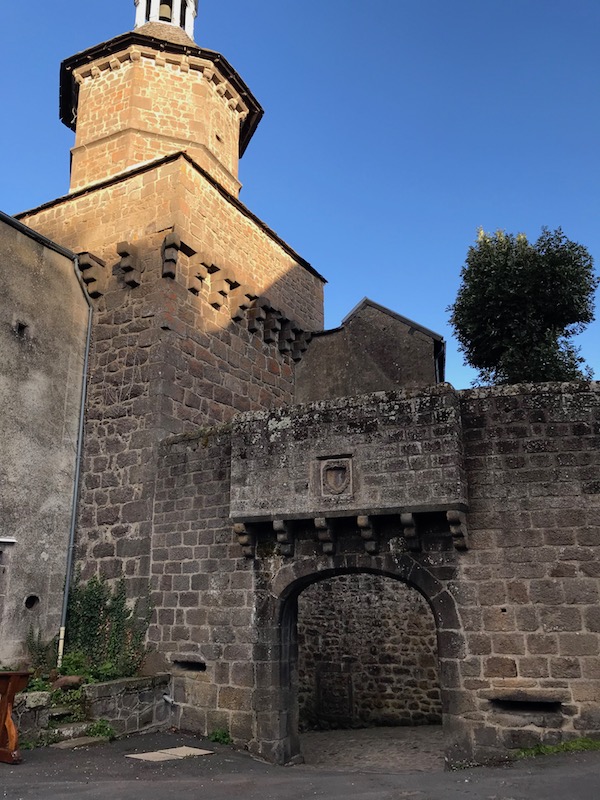Our Blog - Besse et Saint-Anastaise, France
The town of Besse-et-Saint-Anastaise dates back to 1270, when Bernard VII de la Tour granted it the status of "free city". Previously, the land was the property of the family of La Tour d'Auvergne. At that time, it was just called Besse. In 1961, the name was changed to Besse-en-Chandesse. In 1973, it merged with the town of Saint-Anastaise to form Besse-et-Saint-Anastaise, although you still see the name Besse-en-Chandesse on old maps, as well as on certain tourist sites and leaflets.
The town is built on an old lava flow at an altitude of 3280 feet. The historic center of Besse contains many old buildings built almost exclusively using "Besse stone". This stone is often compared to the Volvic stone formed from the cooling of lava enriched in alkali metals and with an intermediate content of silica.

Church of Saint-Andre is a mix of Romanesque and Gothic architecture. The original building dates from the 12th century. The choir dates from 1555 and was restored in the 19th century. A fire destroyed part of the choir's sculpted stalls in 2007. The church houses the statue of Notre-Dame de Vassivière for part of the year. This Black Madonna is normally carried in a procession on July 2nd every year from the church of Besse to the chapel of the sanctuary of Vassivière, 7 km away, where she spends the summer. Then during a festival on the first Sunday in September, the statue goes back down to Besse for the winter. They were getting ready to start services so I didn't go up close enough to get a good picture of the statue. But I grabbed a few pictures of the door, the nave, and some of the decoration. Then the stained glass windows ... they didn't have many windows but I got pictures of what I think was the nicest one, and then one at the back that wasn't all that impressive BUT the sun was coming through it just right so that the colors were thrown on one of the walls.









The Belfry is the only door built through the city wall that remains today. It is a good example of military architecture, including a barbican which obstructed any attackers. If you look through the doorway, you can see a stone wall. In the Middle Ages, these were built on the outside of another gateway with a turn or "neck". This made the attackers change direction and kept them from being able to just plow through the door. The 3rd picture shows the belfry from inside of the city walls.



What we didn't know about this town until we got there was that it is actually quite a lively little town all year round, mainly for the sports that are around it. Just 4 miles away is the resort of "Super Besse". In the winter, it offers a very large range of glide and snow activities including alpine ski, cross-country ski, and snowshoes trails. In the summer, there are all kinds of outdoor activities including a swimming pool, an alpine slide, and a downhill mountain bike zone. Here you can see the snow up on the top of Super Besse (this was early October, so somewhat between the winter and summer sports). There had been a little bit of snow already this season. Down in the valley, where we were driving, there were several cows munching on the grass.


Lucy got a little spooked by something on the chicken farm that we stayed at and ended up wanting to be up on the bed, snuggling up with the pillow.

